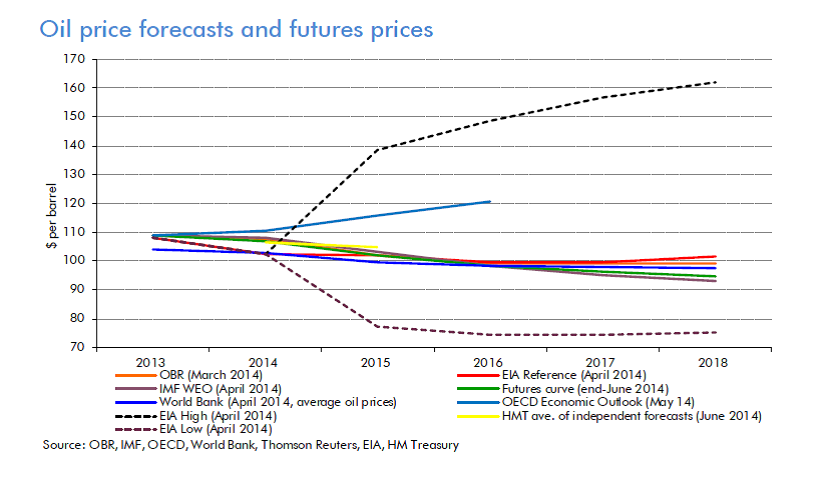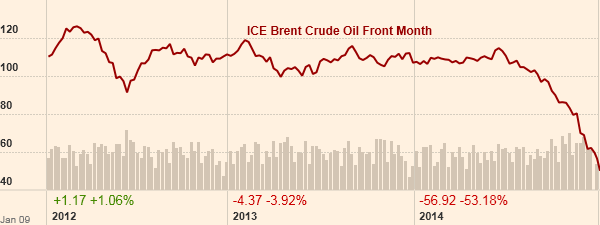When I was nearing qualification as an actuary at the turn of the century, one of the recommended texts for both the specialist pensions (the then equivalent of SP4 and SA4) exams was Alastair Jollans’ 1997 paper to the Staple Inn Actuarial Society (SIAS) entitled Pensions and the ageing population. At the time there was quite a lot of actuarial comment about how superior a funded pension system was to a pay-as-you-go system and the example of Chile in particular. The following sentence from Alastair’s paper stuck with me at the time:
It is also clear that the Chilean scheme made a huge psychological difference, and this may be one of the major advantages of funding.
Meanwhile the Labour Government had been moving to reform the State Earnings Related Pension (SERPS) with its Green paper of 1998 A new contract for welfare: partnership in pensions, and replace it with a new State Second Pension (S2P). It had two aims – giving more help to people for whom private pensions were not an option and helping moderate earners to build up better second pensions through the introduction of stakeholder pensions. The intention was that S2P would become flat-rate over time with the following reasons given for this (bold mine):
Although SERPS is an efficient second pension, it is earnings-related. It does least for those on low incomes who have most difficulty in building up a good second pension. Many people on modest incomes will also receive limited benefits from SERPS or from the private provision they may make instead.
So the limitations of the current system (where the new State Pension has replaced S2P and auto-enrolment has replaced stakeholder pensions), as previously discussed here, were recognised from the outset of the experiment of moving to funded pensions.
Fast forward to now and Chile’s system is tottering, leading to mass protests. It turns out that the psychological advantage of its funding approach was only an advantage for those that could afford it, whereas the 40% who gained no benefit from invested funds (a remarkably similar proportion to the UK statistics) preferred the psychological advantage of a guaranteed state pension. Even the FT admits it needs reform, although fairly technical in nature:
At the very least, a sensible reform now should be to eliminate the investment limits by asset class and introduce an investment policy based on risk metrics at the portfolio level. The government should also relax the restrictions on alternative investments and eliminate the ill-designed hedge requirements.
The Council on Foreign Relations was less restrained in 2022:
Pensions were never a good fit for strictly private management, as basic building blocks of the welfare state are definitive public goods. Yet the failure of the system has reverberated beyond the retirees trying to make ends meet. Pensions became a leading cause for the millions of Chileans who took to the streets in protest in 2019, spurring the formation of a Constituent Assembly to write a new Constitution that will be voted on in September.
The best path for pensions would be a reform that ensures adequate retirements for more Chileans. This requires a more robust public system with dedicated funding to sustain it. If legislators can make this happen, they can reduce the financial hardship too many of Chile’s elderly now face. And, to the benefit of democracy in both Chile and its neighbors, they could also thereby restore at least some of the political legitimacy that the old system helped to put in doubt.
In my first post in this series, I explained why the State Pension needs to be much bigger than the Triple Lock is ever going to get it to. The second post then moved on to discuss the leaky pensions budget and what to do about it. In this third and final post in the series, I focus on why increasing pensions should be a priority when there is so much destitution in all parts of our society.
We are living in anxious times, with discomfort about the state of the world now so extreme that many of us are disconnecting from it and, instead, treating it as a personal mental health challenge requiring breathing exercises and mindfulness and radio programmes like Radio 2 Unwinds with Angela Griffin and similar. This follows a pattern with other crises, where we have been encouraged to abandon collective action to protect our pay and conditions by ever more onerous anti-union legislation or to abandon collective action to combat climate change by ever more onerous anti-protest legislation. Instead we are constantly encouraged to look inward and focus on our own wants and the things about ourselves which are standing in the way of those wants, ie to approach the world solely as a consumer. It is much more convenient for the companies working in the retail markets if we all behave this way.
Moving away from the collective provision of state pensions for all to a reasonable level and instead towards the individual provision of funded occupational pensions follows this pattern. However, as we have seen, many have been left in poverty without any asset security as a result of this move. This leaves them more vulnerable to sickness, debt and generally less resilient to the uncertainties of the future.
Seth Godin recently blogged about the engineering philosophy essential to creating something both useful and fit for purpose. It involves asking who is it for and what is it for.
Increasingly I feel that we have lost sight of these two questions in how we provide pensions, my answers would be:
- Who is it for? Everyone.
- What is it for? To increase people’s resilience.
In the case of resilience, the discussion has been kept at a, in my view deliberately, high level of abstraction so that most people feel that it is not their concern. McKinsey produced a particularly incomprehensible example here, but it is probably unfair to pick on them as they are just one of many, and they did at least mention societal resilience. A great technique for excluding people from the discussion is to produce a proliferation of definitions which noone can agree on (five were identified in this article in Nature by Rockstrom et al, for instance). However, as Rockstrom identified, in essence a resilient system needs just five characteristics:
- Diversity, ie support comes in multiple forms and does not assume everyone is the same;
- Redundancy, ie if one part of the system fails, there is always a good Plan B and mechanisms available to replace system failures quickly and efficiently;
- Connectivity, ie our supply chains are diversified and the resources we need drawn from a wide range of sources, and our populations are kept well connected with each other and the services they need;
- Inclusivity and equity; and
- Adaptive learning, ie we review whether the system is working reasonably frequently and learn from experience.
So what would be gained from increasing the state pension for all?
- Marginalising older people when their bodies already feel less resilient and forcing them into the boxes required by our processes of means-testing are likely to extinguish many of these voices from the national discussions we need to have. A significant increase in pensions for all, instead of the ridiculous triple lock which is only tolerated as it slowly gets us to this goal without having to have the discussion about what a decent pension would be, is what is needed.
- A larger state pension would give us all more security through redundancy, ie a decent baseline underneath the other sources of income. Our invested pensions are not as diversified as they look and very vulnerable to a range of system-wide events and our means-tested benefits are very frequently prone to error and delay. The prospect of this greater level of security and certainty in retirement would also ease the burden of many working age families who are supporting older relatives, and the effects would therefore extend well beyond the retired population.
- Poverty crushes the diversity of a population, as the cartoon above from the UN Special Rapporteur on poverty Olivier de Schutter makes clear. We need diverse people with diverse thought and we need to include them in our society and listen to what they have to say.
- Focusing on those of retirement age to allow them to live better will save money in other areas. According to a Guardian study, an 85-year-old man costs the NHS about seven times more on average than a man in his late 30s. Health spending per person steeply increases after the age of 50. It would also reduce reliance on an inefficient and fragmented disability benefit system.
- Increasing the state pension would obviously have a much greater effect at the bottom half of the income deciles than at the top and would therefore have a big impact on inequality. As the Institute of Fiscal Studies said of increases to the minimum wage for working people between 2011 and 2021:
...inequality in male earnings rose between 1980 and the Great Recession, driven by rising wage inequality at the top and rising hours inequality at the bottom. This trend appears to have stopped in the last decade, as growth in the minimum wage outstripped wage growth further up the distribution, and hours worked stopped falling disproportionately for low-wage men.
Increases to the state pension would be likely to have just as dramatic an effect.
And we all gain from a more equal society, even those we redistribute away from. As the Equality Trust have shown in their research, high levels of income inequality are linked to economic instability, financial crisis, debt and inflation; less social mobility and lower scores in maths, reading and science; an increase in murder and robbery rates; reduced longevity, more mental illness and obesity, and higher rates of infant mortality. People in less equal societies are less likely to trust each other, less likely to engage in social or civic participation, and less likely to say they’re happy.
My view is that we need to start somewhere in creating a more equal, and therefore more resilient, society here in the UK. And I would start with pensions.



